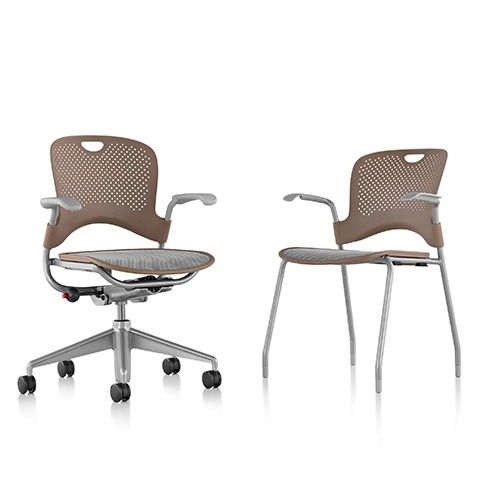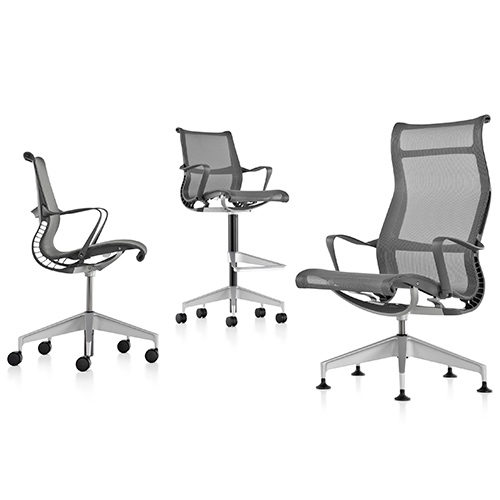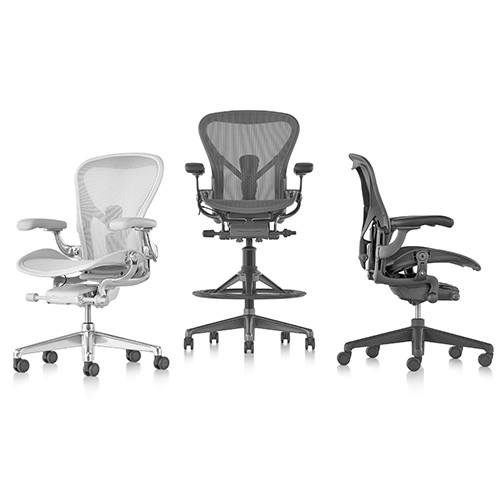
Trend Micro Offices – São Paulo
Informov Architecture and Construction designed the offices for security solutions company Trend Micro Brazil located in São Paulo, Brazil.
The key point in terms of design was the utilization of COBOGO. In the tropics, there is a great amount of sunlight. The hollow elements draw the shade on the floors and walls, an effect that transforms the whole environment for those who see it from the outside and inside. During the seasons and throughout the days, this natural light arises in different forms as a component that lands over the architecture. Throughout the night, artificial light shines through the small gaps from the interior to the exterior, making the architecture a kind of urban lamp that interacts with the shadows of its users and furniture.
In addition to its function, the cobogó brings with it certain poetics to the architecture project. We decided to highlight this Brazilian creation, to write briefly about its history and to present a selection of projects that adopt this element. A group of engineers – Portuguese engineer Amadeu Oliveira Coimbra, German Ernesto August Boeckmann and Brazilian Antonio de Góis – were the creators of the “cobogó”, an element that allows the entrance of sunlight and natural ventilation used in the openings of buildings.
The cobogó appeared in the 1920s, in Recife, and had its name coming from the junction of the first syllable of the surnames of its creators. They are an inheritance of Arab culture, based on muxarabis – built in wood, were used to partially close the internal environments.
Despite being created in Recife, the cobogó was diffused by Lúcio Costa in subtle references to colonial Brazilian architecture, becoming a compositional element present in the aesthetics of modern Brazilian architecture. Despite the visual permeability, cobogos, in a way, bring privacy to the user. Made of cement and brick at the beginning, they began to be produced also in ceramics and other different materials.
Designer: Informov Architecture and Construction
Photography: Alexandre Jafo




































